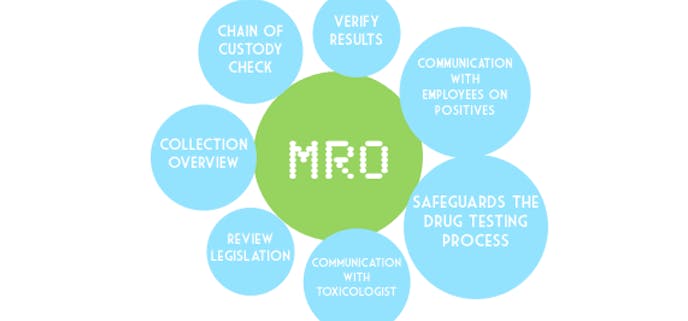Medical Review Officers (MRO): Role in Occupational Health
In the field of occupational health, Medical Review Officers, also known as an MRO, are extremely important throughout the employee drug screening process. The MRO is a licensed physician who works directly with the laboratory and employer step-by-step ensuring that the data and results gathered by the drug screen are thoroughly examined and addressed. MROs can easily be understood and described as the glue that holds all of these important pieces of information together.
Understanding how the MRO helps through the drug screening procedures can enlighten you on understanding your own drug test responsibilities as an employer. We are going to take the time to explain what an MRO’s job entails, and how they make sure all of their responsibilities are met.
MRO Responsibilities
- Shares responsibility with the laboratory for the reviewing of the drug test custody and control forms AKA a chain of custody to make sure they are completed correctly.
- Reviews the results of the drug test. For each positive drug result the MRO allows the employee who provided the sample the opportunity to discuss the results and give an explanation, such as taking prescription medication.
- If the positive drug results is backed up by a legitimate medical explanation than the MRO reports to the employer as a negative result.
- The MRO provides feedback to the employer, collection site, laboratory, or federal agency on any problems when necessary.
What is a Chain of Custody?
A chain of custody is used to document the collection procedure of the drug test administered. Every chain of custody form has a number of signature lines for recording the transfers that have taken place throughout the process. So, a chain of custody will include the signature of the donor who signs the form consenting that he or she provided that specimen and gave it to the collector. After the donor signs the form the collector will then sign the form consenting that they have received the specimen from the donor, and then will deliver it to the lab. Once the lab collects the specimen they will then sign the chain of custody form given to them by the delivery service. This process ensures that that collection given by the donor is in constant good care, and is being looked over by several responsible individuals.


